Lemon cypress
pasadena
15 years ago
Featured Answer
Comments (19)
gardengal48 (PNW Z8/9)
15 years agoEmbothrium
15 years agoRelated Professionals
Windham Landscape Architects & Landscape Designers · 70037 Landscape Architects & Landscape Designers · Grand Haven Landscape Architects & Landscape Designers · Panama City Landscape Architects & Landscape Designers · Waunakee Landscape Architects & Landscape Designers · Alamo Landscape Contractors · Arlington Landscape Contractors · Holtsville Landscape Contractors · La Vista Landscape Contractors · Maywood Landscape Contractors · North Haven Landscape Contractors · Reedley Landscape Contractors · Sammamish Landscape Contractors · San Bruno Landscape Contractors · Tavares Landscape Contractorsmothorchid
9 years agoSmivies (Ontario - 5b)
9 years agoEmbothrium
9 years agopineresin
9 years agomikebotann
9 years agoEmbothrium
9 years agomikebotann
9 years agomikebotann
9 years agotheneilshow
7 years agotheneilshow
7 years agotheneilshow
7 years agotheneilshow
7 years agoMike McGarvey
7 years agotheneilshow
7 years agosuzuchan
7 years agoMike McGarvey
7 years ago
Related Stories

HOLIDAYSHow to Care for Your Christmas Tree
Keep your tree looking lush until the last ornament is packed away with these tips for watering, using stands and more
Full Story
KITCHEN DESIGN9 Questions to Ask When Planning a Kitchen Pantry
Avoid blunders and get the storage space and layout you need by asking these questions before you begin
Full Story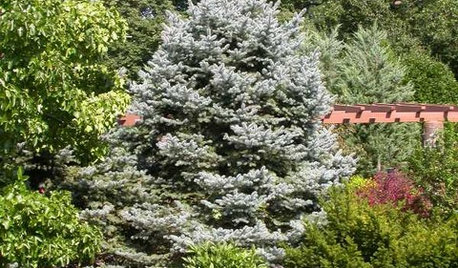
LANDSCAPE DESIGN10 Evergreens for Beautiful Foliage All Year
Give your landscape consistent color and structure with the emeralds, chartreuses and blues of evergreen trees and shrubs
Full Story
GARDENING GUIDESHow to Pick a Mulch — and Why Your Soil Wants It
There's more to topdressing than shredded wood. Learn about mulch types, costs and design considerations here
Full Story
DECORATING GUIDESDecorating Advice to Steal From Your Suit
Create a look of confidence that’s tailor made to fit your style by following these 7 key tips
Full Story
WOODKnotty and Nice: Highly Textured Wood Has a Modern Revival
Whether it's cedar, fir or pine, if a wood has a knot, it's hot
Full Story
GARDENING GUIDESBackyard Birds: Invite Entertaining Hummingbirds Into Your Garden
Hummingbirds — unique to the Americas — zip through open landscapes seasonally or year-round. Here’s how to attract them
Full Story
HOUSEKEEPINGHow to Clean Hardwood Floors
Gleaming wood floors are a thing of beauty. Find out how to keep them that way
Full Story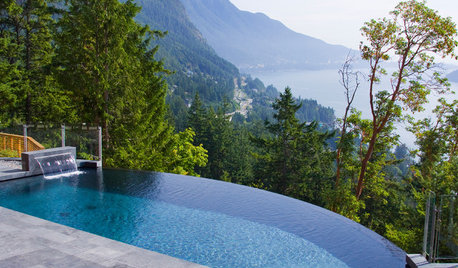
DREAM SPACESWorld of Design: 15 Swimming Pools With Dream Views
Join us on a refreshing tour of spectacular swimming pools from Sydney to Moscow
Full Story
HOLIDAY HOME TOURS4 Home Tour Dazzlers Offer Holiday Decor Inspiration
Local designers offer holiday takes from minimalist to traditional, with fresh colors, artful arrangements and even reusable decor
Full Story





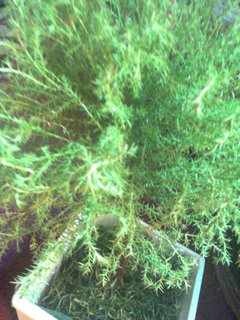
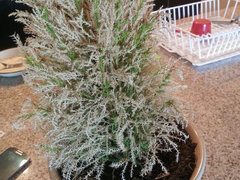
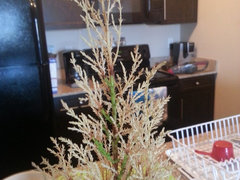
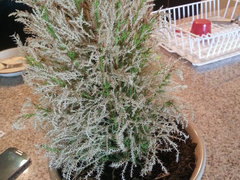
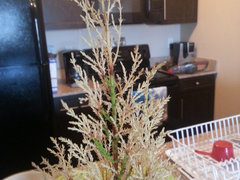
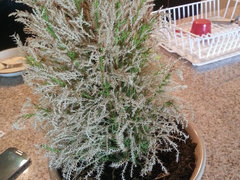




coachjohnsonlp